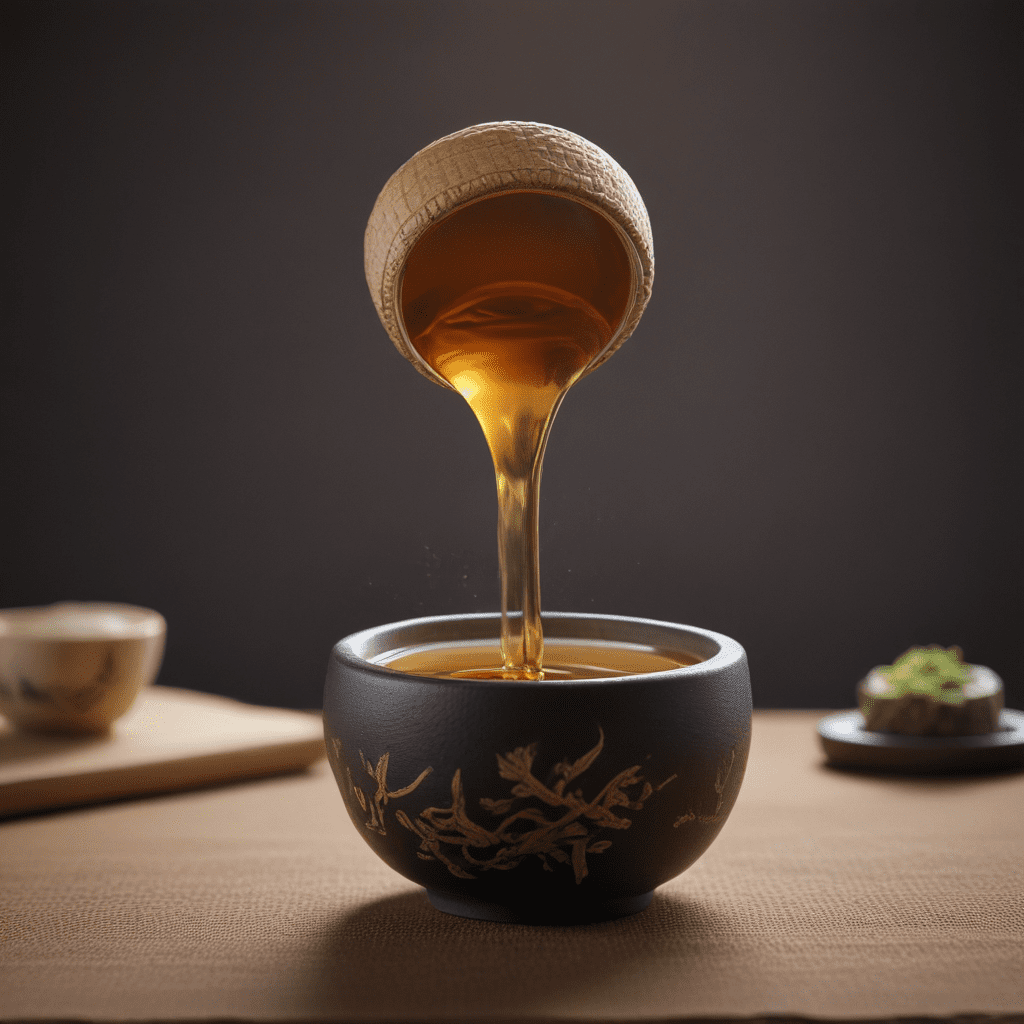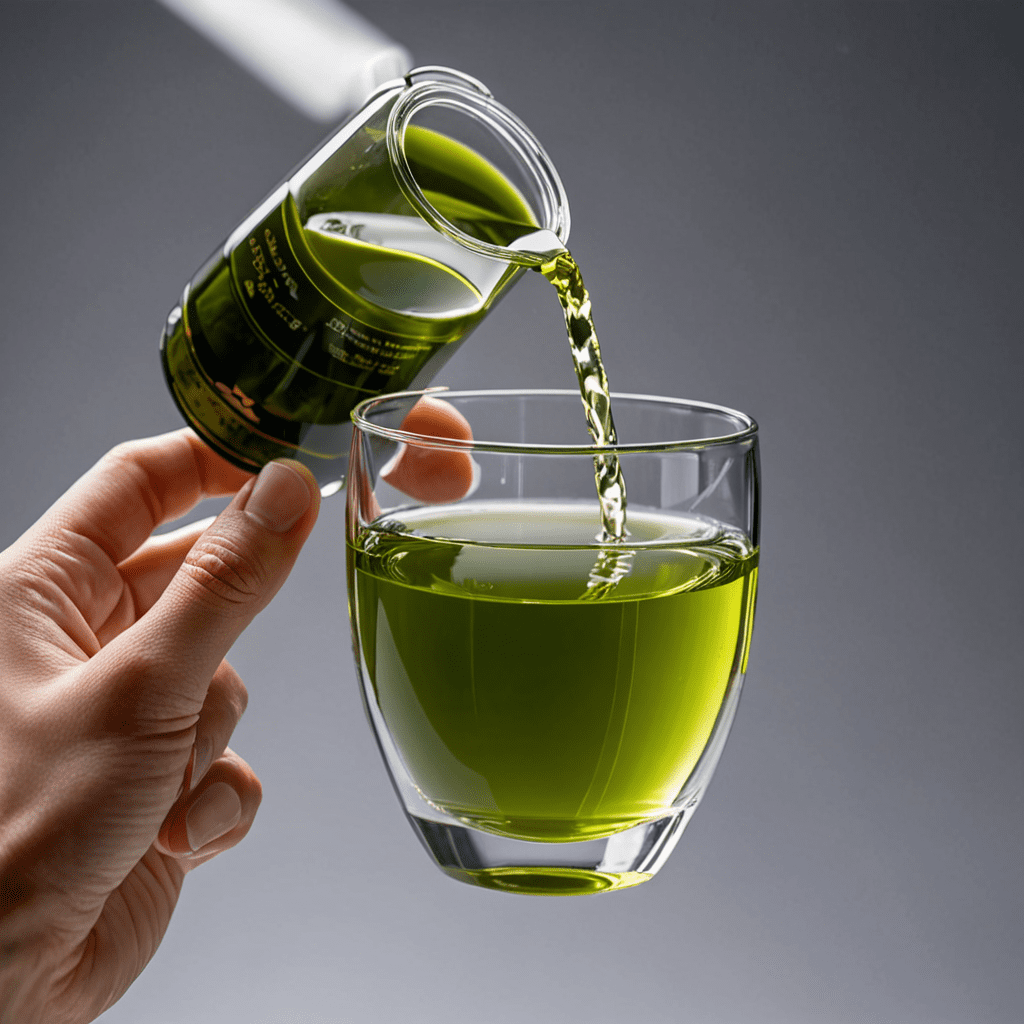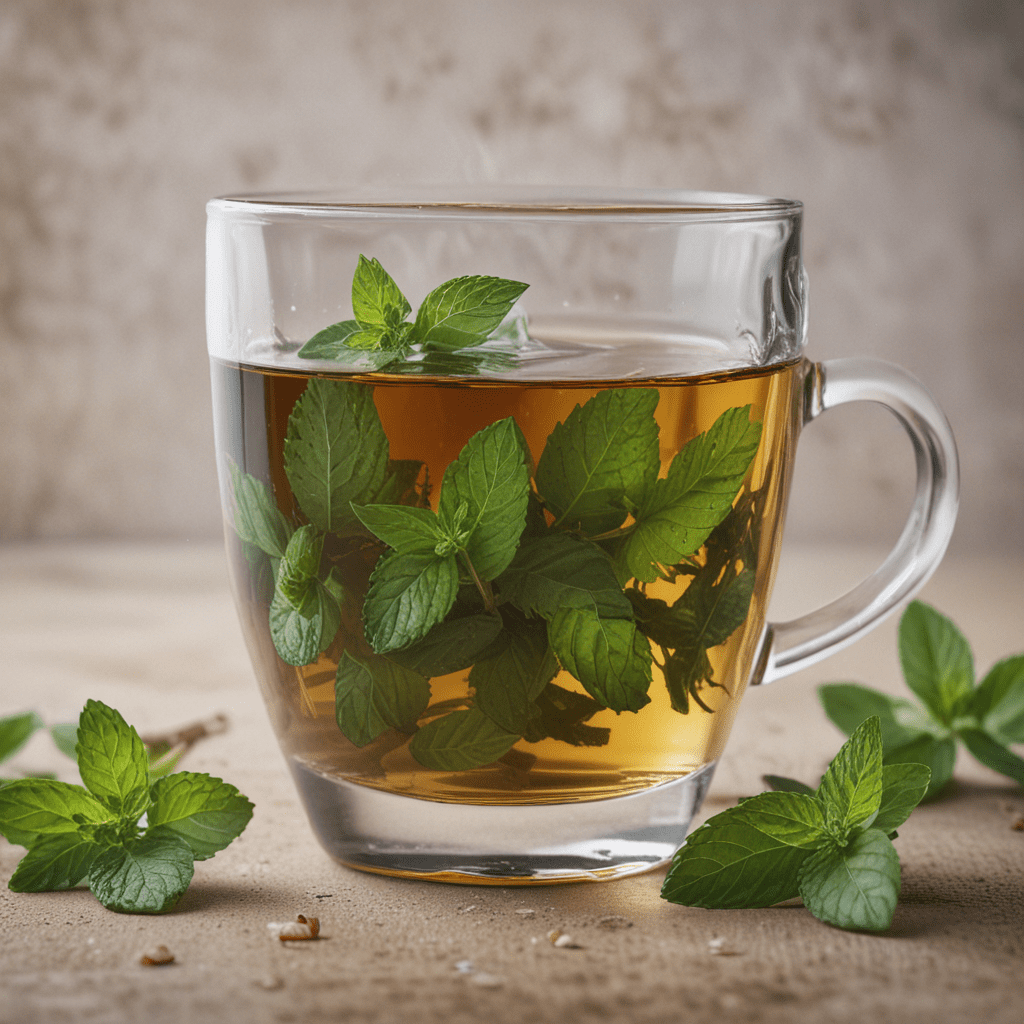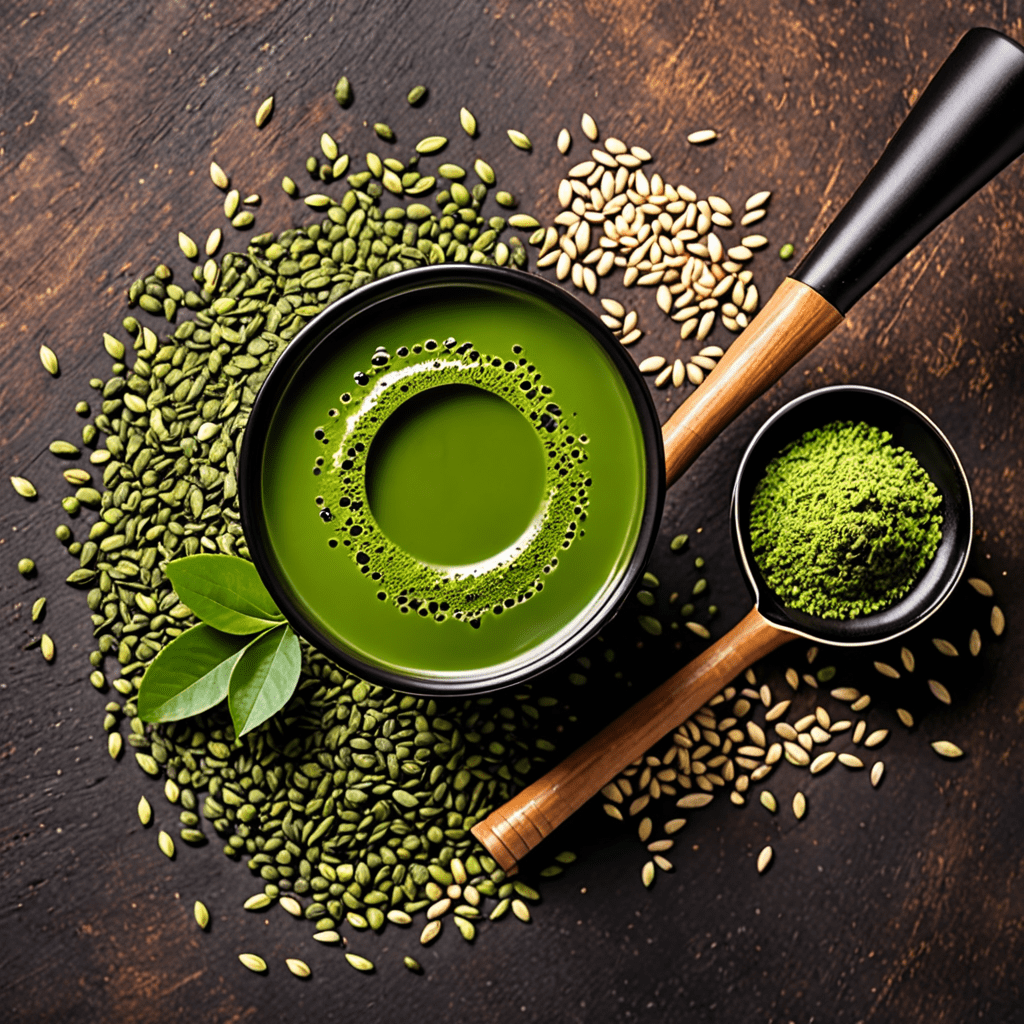The Art of Tea Tasting: Mastering Chinese Tea Culture
The Origins of Chinese Tea Culture
For centuries, Chinese tea culture has captivated the world with its rich history and sophisticated rituals. The origins of tea in China can be traced back to ancient times, and the beverage has become an integral part of Chinese social customs, art, and literature.
The Six Types of Chinese Tea
Chinese tea is categorized into six primary types, each with distinct flavor profiles and characteristics:
- Green Tea: Unfermented and steamed, preserving the tea leaves' natural flavors.
- White Tea: Lightly processed and dried, retaining delicate aromas and high antioxidant levels.
- Black Tea: Fully fermented and oxidized, resulting in a robust, malty taste.
- Oolong Tea: Partially oxidized, balancing the characteristics of green and black teas.
- Yellow Tea: Slightly oxidized, known for its subtle, sweet flavors.
- Puer Tea: Post-fermented, developing unique earthy and medicinal qualities over time.
The Proper Way to Brew Chinese Tea
To fully appreciate the subtleties of Chinese tea, proper brewing techniques are crucial. Water temperature, brewing time, and tea-to-water ratio vary depending on the type of tea.
- Water Temperature: Different teas require specific water temperatures for optimal extraction.
- Brewing Time: Steeping time influences the strength and flavor intensity of the tea.
- Tea-to-Water Ratio: The amount of tea leaves used relative to the volume of water can significantly affect the tea's concentration.
The Art of Tea Tasting
Tasting Chinese tea is an art form that involves sensory engagement and keen observation. Professional tea tasters use specific terminology to describe tea aromas, flavors, and textures, identifying nuances and appreciating the tea's unique qualities.
The Five Elements of Tea
According to traditional Chinese medicine, tea possesses five elements: metal, wood, water, fire, and earth. Each element corresponds to a specific flavor and medicinal property, creating a holistic approach to tea tasting and consumption.
The Health Benefits of Chinese Tea
Chinese tea has been renowned for its medicinal properties for centuries. Studies have shown that different types of tea contain antioxidants, anti-inflammatory compounds, and other beneficial substances that may promote health and well-being.
- Green Tea: Rich in antioxidants called catechins, which may reduce the risk of certain cancers, heart disease, and cognitive decline.
- Black Tea: Contains theaflavins and thearubigins, which have antioxidant and anti-inflammatory properties.
- Oolong Tea: May help improve metabolism and reduce weight gain.
- Puer Tea: Known for its potential to lower cholesterol levels and improve digestion.
The Ritual of Tea Ceremony
Chinese tea ceremony is a social ritual that celebrates the art of tea making and drinking. It involves specific steps, gestures, and utensils that are designed to create a harmonious and respectful atmosphere.
- Tea Preparation: Tea leaves are carefully selected and brewed using traditional methods.
- Tea Utensils: Specialized teapots, cups, and trays are used to enhance the tea experience.
- Ritual Movements: Graceful gestures and movements are employed during the tea ceremony, creating a sense of tranquility and mindfulness.
The Modern Popularity of Chinese Tea
In recent years, Chinese tea has gained significant popularity worldwide. Its unique flavors, health benefits, and cultural significance have attracted a growing number of tea enthusiasts.
- Global Tea Culture: Chinese tea has become a global phenomenon, influencing tea-making practices and consumption patterns in many countries.
- Tea Festivals: Around the world, tea festivals and events showcase the diversity and richness of Chinese tea culture.
- Health and Wellness: The growing focus on health and wellness has contributed to the surge in interest in Chinese teas for their potential health benefits.
The Future of Chinese Tea Culture
The future of Chinese tea culture looks promising, with a growing appreciation for its unique flavors, health benefits, and cultural significance.
- Continued Innovation: New tea-making techniques and flavor combinations are constantly being developed, pushing the boundaries of the tea-drinking experience.
- Sustainability: Emphasis on sustainable tea farming practices ensures the preservation of tea plantations and the environment.
- Cultural Exchange: Chinese tea culture continues to play a vital role in global cultural exchange, connecting people from different backgrounds through the shared appreciation of this ancient beverage.
Frequently Asked Questions
- What is the best way to store Chinese tea?
- Store Chinese tea in airtight containers away from direct light and heat to preserve its freshness and quality.
- How long does Chinese tea last?
- The shelf life of Chinese tea varies depending on the type, but most teas can be stored for several months to a year if properly sealed.
- What is the difference between Chinese tea and other teas?
- Chinese tea is unique in its processing methods, flavor profiles, and cultural significance, distinguishing it from teas from other regions.



